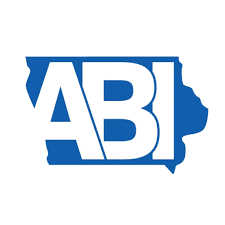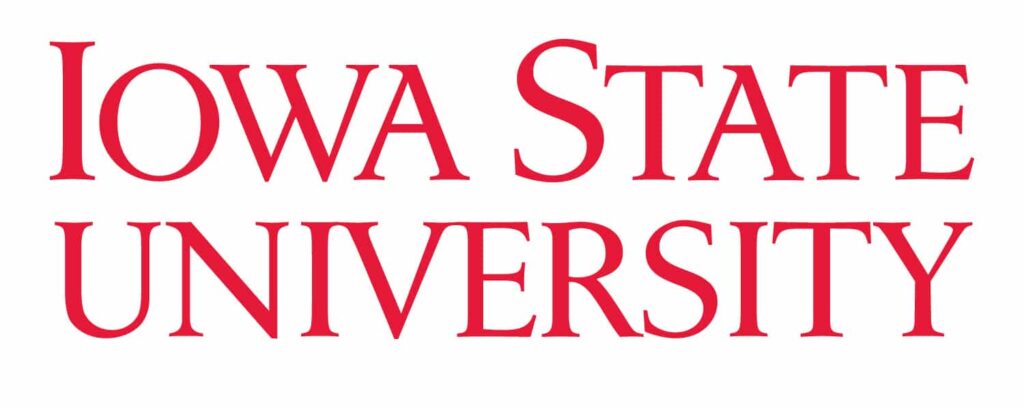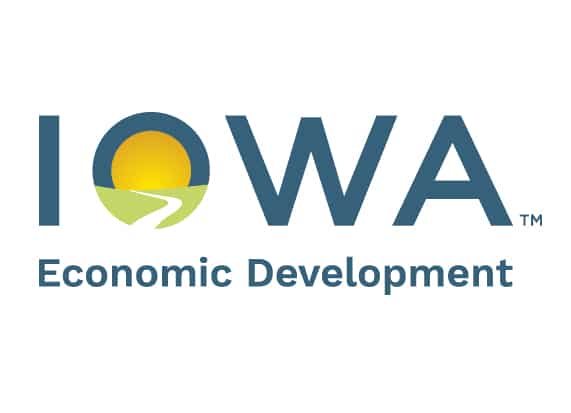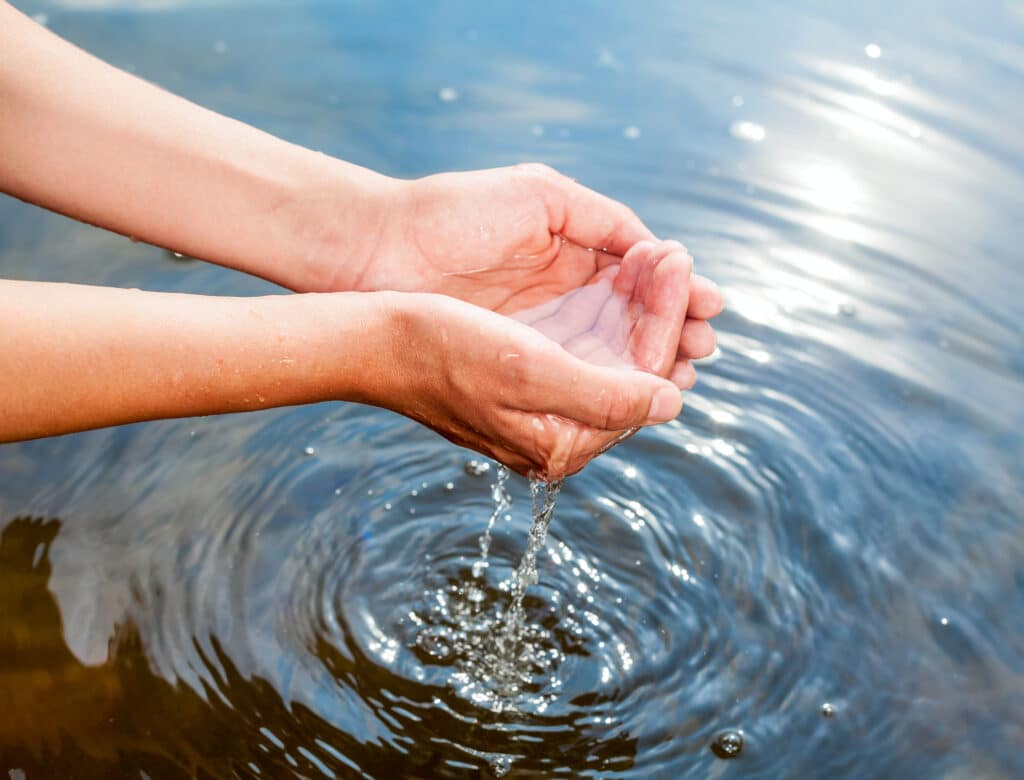Water quality panel discussion draws large crowd


It was a full house at Drake University’s Sheslow Auditorium Monday night as local, county and state government representatives joined hundreds of community members for a panel discussion on the recently released Central Iowa water quality report.
The discussion, hosted by the Harkin Institute, was the first official presentation of findings from the Central Iowa Source Water Research Assessment (CISWRA) report, the most comprehensive analysis of water quality in the Des Moines and Raccoon Rivers to date.
The panel included scientists directly involved with creating the assessment and other Iowa water experts, including:
- Elliot Anderson, assistant research scientist at the Iowa Geological Survey at the University of Iowa.
- Claire Hruby, assistant professor of environmental science and sustainability, who worked on water quality for the Iowa Department of Natural Resources for 20 years.
- Jerald Schnoor, University of Iowa professor emeritus of civil and environmental engineering.
- Larry Weber, director of the Iowa Flood Center at the University of Iowa.
Scientists were brought in from the UI because the school has a long history of studying water and hydraulics, as the UI campus is split in half by the Iowa River. The Iowa Flood Center has had a significant impact on reducing flood damage throughout the state and played a major role in mitigating disaster during events such as the historic flood of 2008.
The water experts led the audience through a detailed analysis of pollutants in Iowa’s rivers and the dangers those pose to drinking water in what was the first public presentation of the Central Iowa water study results. The presentation can be viewed in its entirety on YouTube.
Central Iowa water quality has been under increased scrutiny following the Central Iowa lawn watering ban. On June 12, Central Iowa Water Works implemented a lawn watering ban for the region as its infrastructure struggled to filter water due to the previous year’s drought conditions, late-spring heavy rains and heavy nitrate use coalesced, leading to the metro’s first such ban.
The ban is being lifted in stages. Nitrate levels are not to exceed 10 parts per million according to federal rules, but reached as high as 18 parts per million during the past two months.
On Monday, the nitrate levels in Des Moines were:
- Saylorville treatment plant: 3.36 mg/L
- Fleur treatment plant: 7.41 mg/L
- L.D. McMullen treatment plant: 7.50 mg/L
At the event Monday night, Anderson said that the state has pulled much of the funding for Iowa’s long-running network of nitrate monitoring sensors. There are 80 sensors working throughout Iowa’s waterways now. Next year, that number will be reduced to fewer than 20.
“What we do with these nitrate-monitoring sensors is, they are devices that can be installed by the side of the river and they can very quickly and repeatedly measure the nitrate concentration in a water body,” Anderson said. “Because of this, we’ve learned a whole bunch about nitrate throughout the state. We’ve been able to identify areas that are particularly at risk, identify what sorts of practices, what strategies, things like wetlands, bioreactors, how well they work, which ways of operating those are the most efficient and we’ve also been able to learn a lot about how nitrate behaves as it circulates throughout the watershed in Iowa.”
Panelists emphasized that action needs to be taken to improve water quality. There are known solutions, but those solutions need to be funded, they said. Statewide action recommendations include:
- Allocate additional funding for wastewater treatment.
- Develop digital geospatial manure database.
- Form partnerships to create pollution list and benchmarks.
Water quality also needs to be improved beyond Central Iowa, the scientists said. While the Central Iowa Water Works nitrates readings reached 18 mg/L over the summer, there are watersheds across the state, such as one in Boone, that regularly sit at 20 mg/L, Hruby said.
Weber said looking ahead at solutions for water quality issues, he would like to “bring science back into the conversation,” he said.
“The general social war that’s gone against science, against our government agencies and against academia is moving this issue backward.”
Schnoor said the Environmental Protection Agency has published water quality criteria that should be followed.
“I think that could be the start of a plan for Iowa, for how we’re going to gradually bootstrap ourselves and truly improve our water quality criteria based on science,” he said.
Hruby said the state needs to raise the basic level of expectations from nitrate producers.
“This is not anti-farmer,” she said. “We know what works. Iowa State [University] folks are out there doing great work. We know there are solutions, but we are rewarding a small percentage of our landowners for doing the right thing [incorporating wetland and similar practices] and without regulation, we can’t get the rest of the folks to do something.”
She urged farmers to reduce the over application of fertilizer.
“Let’s just all apply fertilizer at agronomic rates. Quit over applying,” she said. “And every acre [should be] treated in one way, shape or form, and that will solve a lot of these different problems.”

Gigi Wood
Gigi Wood is a senior staff writer at Business Record. She covers economic development, government policy and law, agriculture, energy, and manufacturing.










